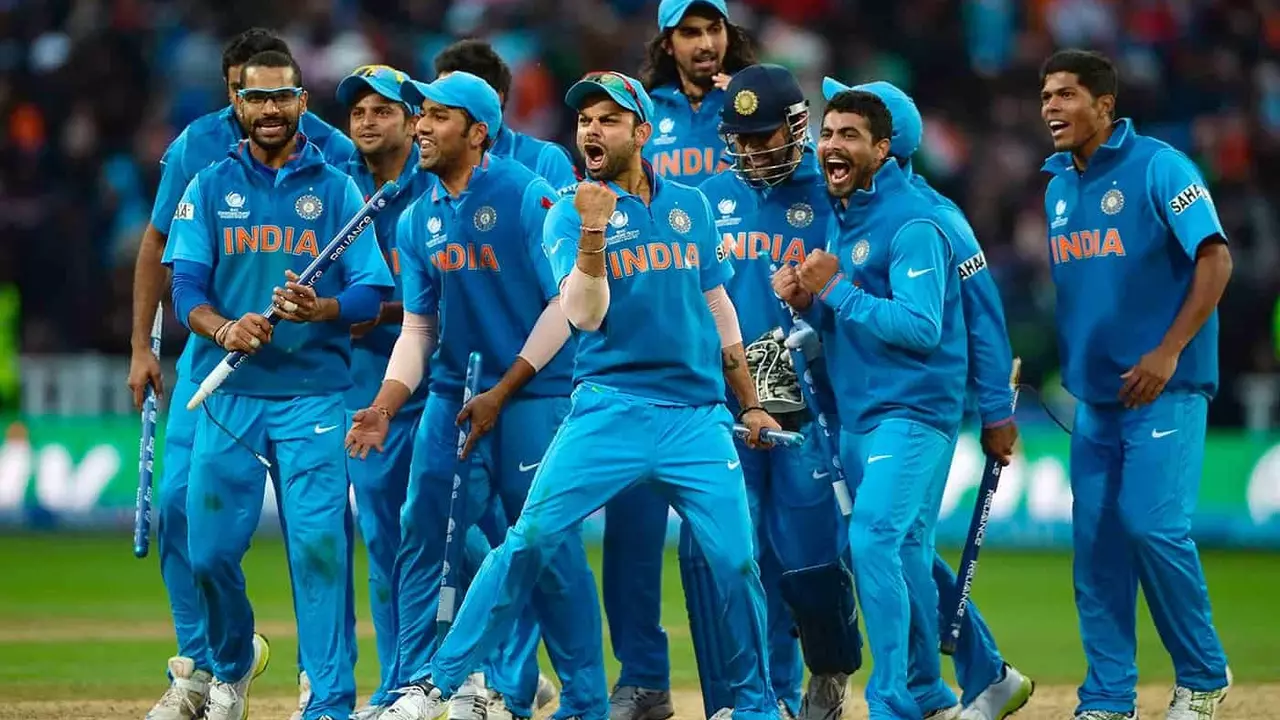First Indian Cricket Team – Who They Were and Why They Matter
When you hear "India" and "cricket" today, you picture a powerhouse that wins World Cups and fills stadiums. That success started with a small group of players who stepped onto a foreign field for the first time in 1932. Understanding who they were and what they faced helps you appreciate every modern victory.
How the Team Came Together
The idea of an Indian side began in the 1910s when the British introduced cricket to schools and clubs across the sub‑continent. By the 1920s, a handful of talented Indians were playing first‑class matches, but there was no national team. The Board of Control for Cricket in India (BCCI) was formed in 1928, and its leaders pushed for Test status. In 1932, the International Cricket Council finally gave India a place in the upcoming England tour.
Choosing the squad wasn’t easy. Travel was expensive, communication slow, and politics ran deep. The selectors tried to balance players from different regions – Bombay, Madras, Calcutta – and different communities. Their goal was to present a united front, even if the country was still under colonial rule.
Key Players and Their Stories
C. K. Nayudu became the captain, a decision that raised eyebrows because he was a Hindu from north‑central India, while many top cricketers came from western clubs. Nayudu’s aggressive batting and fearless leadership earned him respect. In the very first Test at Lord’s, he scored 40 runs – modest by today’s standards but a solid start for a debut side.
Syed Mushtaq Ali was another star. Known for his flamboyant strokeplay, Mushtaq famously hit a six off the legendary England bowler Harold Larwood, the first Indian to do so in a Test. His confidence inspired teammates to play without fear.
Other notable names include Husain Ali (the talented bowler from Madras) and S. S. F. R. A. T. Gill, who provided steady middle‑order runs. Each player faced the challenge of playing on unfamiliar English pitches while carrying the weight of a nation’s hopes.
The team lost the series 5‑0, but the experience was priceless. They learned how to cope with swing, seam and the pressure of international scrutiny. Those lessons became the foundation for future squads.
Why the First Team Still Matters
Even though the early years were tough, the first Indian cricket team proved that India could compete on the world stage. Their journey sparked interest back home, leading to more schools and clubs embracing cricket. By the 1940s, a new generation of players grew up with role models like Nayudu and Mushtaq.
Today, when you watch a modern Indian side lift a trophy, remember that the road started with a handful of pioneers who traveled by ship, fielded in damp English weather, and played for pride rather than money. The story of the first Indian cricket team is a reminder that every success has humble beginnings.
If you want to explore more about early Indian cricket, check out archives of the 1932 tour, read biographies of Nayudu and Mushtaq, or watch old match reports. Understanding this history adds depth to every boundary you cheer for today.
How was the first cricket team of India was formed?
The formation of India's first cricket team is an interesting historical journey. It all started back in 1926, when the Board of Control for Cricket in India (BCCI) was established, marking the beginning of a formal cricketing structure in the country. The BCCI then worked towards getting international recognition, which led to India playing its debut test match in 1932 against England. The team was a mix of talented players from different regions of India, handpicked by the selectors. It was indeed a significant milestone that paved the way for India's rich cricketing legacy.
Details +